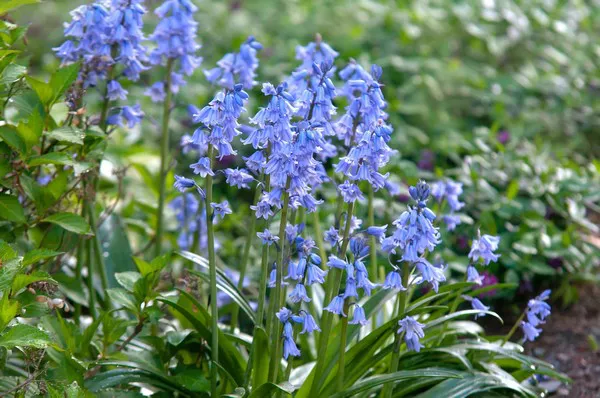Maintaining a pristine flower bed can be a challenging endeavor, especially when pesky weeds start to invade your carefully cultivated space. Weeds not only detract from the aesthetic appeal of your garden but also compete with your beloved flowers for essential nutrients, water, and sunlight. While chemical herbicides are readily available, many gardeners prefer to opt for natural methods to eliminate weeds, preserving the health of their plants and the environment. In this article, we explore ten effective natural ways to banish weeds from your flower bed, allowing your blooms to flourish.
1. Mulch:
Mulching is a tried-and-true method for suppressing weeds while enriching the soil and retaining moisture. Organic mulches such as wood chips, straw, or shredded leaves create a barrier that inhibits weed germination and growth. Apply a thick layer of mulch, around 2-4 inches deep, ensuring to leave a gap around the base of your flowers to prevent moisture-related issues.
2. Hand Pulling:
For a hands-on approach to weed control, nothing beats good old-fashioned hand pulling. Equip yourself with a sturdy pair of gloves and regularly patrol your flower bed, removing weeds by hand before they have a chance to spread. Be sure to pull weeds out by the root to prevent regrowth, especially for perennial offenders like dandelions and thistles.
3. Boiling Water:
Harness the power of boiling water to dispatch weeds quickly and effectively. Simply pour boiling water directly onto the weeds, targeting the foliage and roots. Exercise caution to avoid splashing desirable plants, as boiling water can also harm them. This method is particularly useful for weeds that sprout in cracks and crevices.
4. Vinegar Solution:
Acetic acid, found in household vinegar, serves as a potent natural herbicide when applied directly to weeds. Mix equal parts of vinegar and water in a spray bottle, adding a few drops of liquid dish soap to help the solution adhere to the weed’s leaves. Spray the solution generously on weeds on a sunny day, as the heat will enhance its effectiveness.
5. Corn Gluten Meal:
Corn gluten meal, a byproduct of corn processing, doubles as a natural pre-emergent herbicide and nitrogen fertilizer. Spread corn gluten meal evenly over your flower bed, following the recommended application rate. This organic alternative inhibits weed seed germination while nourishing your flowers with essential nutrients.
6. Solarization:
Harness the power of the sun to eliminate weeds through solarization. Begin by thoroughly watering the soil in your flower bed, then cover it with clear plastic sheeting, securing the edges with rocks or soil. Leave the plastic in place for 4-6 weeks during the hottest part of the summer, allowing the sun’s heat to bake the soil and kill weed seeds and roots.
7. Hand Hoeing:
A hand hoe is a versatile tool for precision weed control, allowing you to target weeds while minimizing disturbance to your flowers’ roots. Use a sharp hand hoe to slice weeds just below the soil surface, effectively severing their roots and preventing regrowth. Regular hoeing can keep weed populations in check without the need for chemical intervention.
8. Newspaper or Cardboard:
Create a natural weed barrier by layering newspaper or cardboard over the soil in your flower bed. Wet the paper thoroughly before covering it with a layer of mulch to hold it in place. Over time, the paper will break down, enriching the soil with organic matter while suppressing weed growth. This method is particularly effective for establishing new flower beds.
9. Salt:
Salt, when used sparingly, can be an effective weed killer, dehydrating and ultimately killing unwanted vegetation. Apply salt directly to weeds, taking care to avoid contact with desirable plants, as salt can harm or even kill them. Exercise caution when using salt, as it can also leach into the soil and affect its fertility.
10. Essential Oils:
Certain essential oils possess natural herbicidal properties, making them effective weapons against weeds. Mix a few drops of potent essential oils such as clove, cinnamon, or tea tree oil with water and liquid soap to create a DIY weed killer spray. Apply the solution directly to weeds on a sunny day for maximum efficacy.
Conclusion
In conclusion, banishing weeds from your flower bed doesn’t have to involve harsh chemicals or expensive treatments. By harnessing the power of nature and employing these ten natural methods, you can maintain a weed-free garden while safeguarding the health of your beloved flowers and the environment. Whether you prefer mulching, hand pulling, or experimenting with homemade weed killers, there’s a natural solution to suit every gardener’s preference. With patience, diligence, and a bit of creativity, you can enjoy a vibrant and flourishing flower bed free from the tyranny of weeds.


